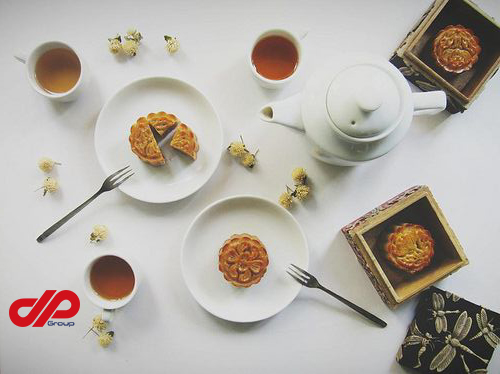Mid-Autumn Festival can trace it’s roots from the beginning of the Tang Dynasty and became a popular holiday in the Song Dynasty. It has become one of the most important traditional festivals in China along with Spring Festival, which emerged during the Ming and Qing Dynasty. Affected by Chinese culture, Mid-Autumn Festival is also a traditional festival in some other Eastern and Southeastern Asian countries and has been listed as a national holiday in China since 2008.
There are many different tales about the origins of Mid-autumn Festival, the most common of which are as follows:
1. Originating from the sacrificial activities of the Chinese ancient emperors, according to The Book of Rites, indicating that the ancient emperors had started admiring and worshiping the moon in the early spring and autumn period. The tradition spread to the people through the imitation of their aristocrat officials.
2. It relates to agricultural production, as autumn is a harvest season. The farmers regard the middle day of August as a festival to celebrate the happiness of harvest along with the continuous maturity of crops.
Since ancient times, people have traditions such as making offerings to the moon, admiring the full moon, worship of the moon, admiring sweet osmanthus and drinking osmanthus wine. These traditions have kept up until today and thus prolongs the historical process. During Mid-autumn Festival, people metaphorically relate the reunion of people with the full moon and the full moon has also become a spiritual ballast for homesickness and a beautiful symbol for the reunion with family. This festival has thus been passed on and to become a precious piece of China’s cultural heritage.
There are also many special Mid-Autumn customs in various places. In addition to appreciating and making offerings to the moon and eating moon cakes, there are also fire dragon dances in Hong Kong, the act of building small towers in Anhui, The Mid-Autumn tree in Guangzhou, The burning of small towers in Jinjiang, watching the moon strings in Suzhou Stone Lake, worshiping of the moon in the Dai Nationality, dancing moon in the Miao Nationality and stealing moon vegetables in the Dong nationality, etc.






